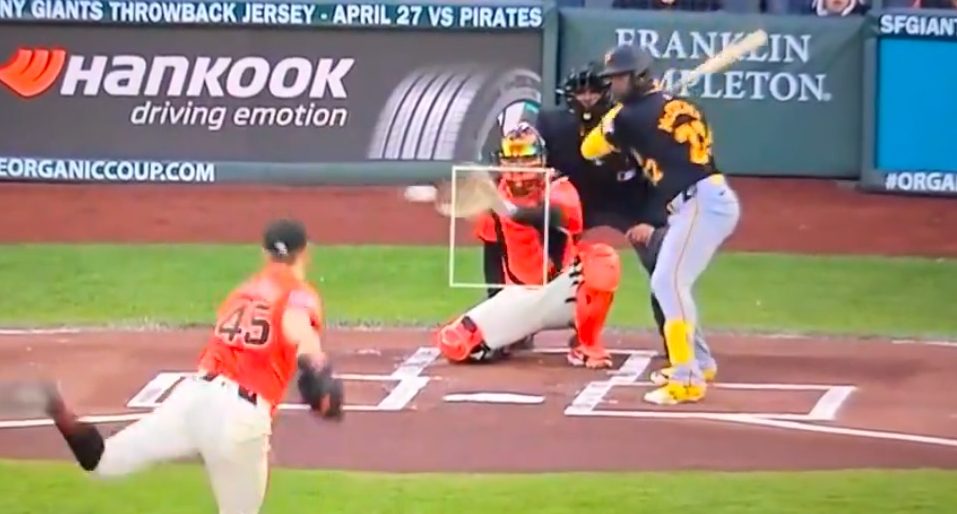In many sports, there is an inherent risk. That’s part of the allure. We often are perfectly content to watch people attempt feats we would never try ourselves. We marvel and applaud those who put their bodies on the line for our entertainment.
For many, the brutal nature of football is too much. Others wouldn’t dare race a car at breakneck speeds. However, when it comes to the sport of freediving, that is on a completely different level.
It’s clear from the start of Netflix’s The Deepest Breath that some of the people featured in this terrific but extremely uncomfortable documentary are dead. You can tell by the number of times they refer to individuals in the third person. Freediving is deep diving without a breathing apparatus and swimming as far as you can. Divers compete against each other by seeing who can go further. They are powered by one single breath. Freediving seems exhilarating. Freediving has also been described as the most dangerous sport in the world.
Diving is risky under the best of circumstances. In freediving, drowning, blackouts, and severe lung damage make it uniquely precarious. Even routine dives can be lethal. Of course, the threat of losing your life has never stopped adrenaline junkies before.
Freediving is popular enough to have competitions around the glove, and America has the U.S. Freediving Federation. The USFF doesn’t seem to keep records of deaths in the sport, and finding accurate information online on the fatality rate is difficult. No one knows how many lives have been claimed in practice or in competitions.
And even if that number is statistically low, that isn’t any solace to the loved ones of the deceased. As one of the interviewees says in The Deepest Breath: “Freediving is an extreme sport. And extreme sports have extreme consequences.”
The Deepest Breath isn’t all doom and gloom. None of the athletes would go through the long hours and stress if there were no rewards. The chance to set records and gain international attention is understandably intoxicating. Plus, the self-satisfaction of accomplishing something that no one else has done, is particularly human. We try to run faster, be stronger, and go further all the time. Not just against competitors but to test ourselves. It’s the very essence of sports.
In that context, it’s very easy to understand why someone like Alessia Zecchini of Italy would risk everything to set world records. Zecchini is one of the key athletes in this documentary. Her pursuit of glory came at a terrible cost. But before that, she had been basking in the limelight, achieving the seemingly impossible.
There are great scenes in The Deepest Breath of Zecchini throwing a fit over safety precautions. She reacts this way not because she’s a jerk. But because, like any athlete, when you’ve crafted a singular skill over the years, your instinct is to keep pushing no matter what. It’s not unlike a football player lashing out when being removed from the field after failing the concussion protocol.
When Zecchini makes one of her record dives, the look of joy is priceless. Director Laura McGann takes advantage of terrific footage to put viewers right in the middle of the action. Not only do we see beautiful photography, but we get to see the raw personalities of the divers.
Unfortunately, we also witness grief. Could more be done to prevent tragedies? The Deepest Breath doesn’t explore any possible additional safety measures, and perhaps there are none. In the end, this documentary feels like at best a cautionary tale and at worst a horror film. It makes you wonder if freediving is worth the risk.







